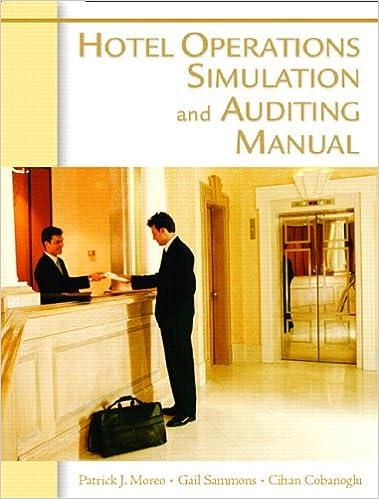Question
Exercise 19-03 Wildhorse Corporation began 2020 with a $52,440 balance in the Deferred Tax Liability account. At the end of 2020, the related cumulative temporary
|
|
|
| ||||||||||||||||||||||||
Step by Step Solution
There are 3 Steps involved in it
Step: 1

Get Instant Access to Expert-Tailored Solutions
See step-by-step solutions with expert insights and AI powered tools for academic success
Step: 2

Step: 3

Ace Your Homework with AI
Get the answers you need in no time with our AI-driven, step-by-step assistance
Get Started


